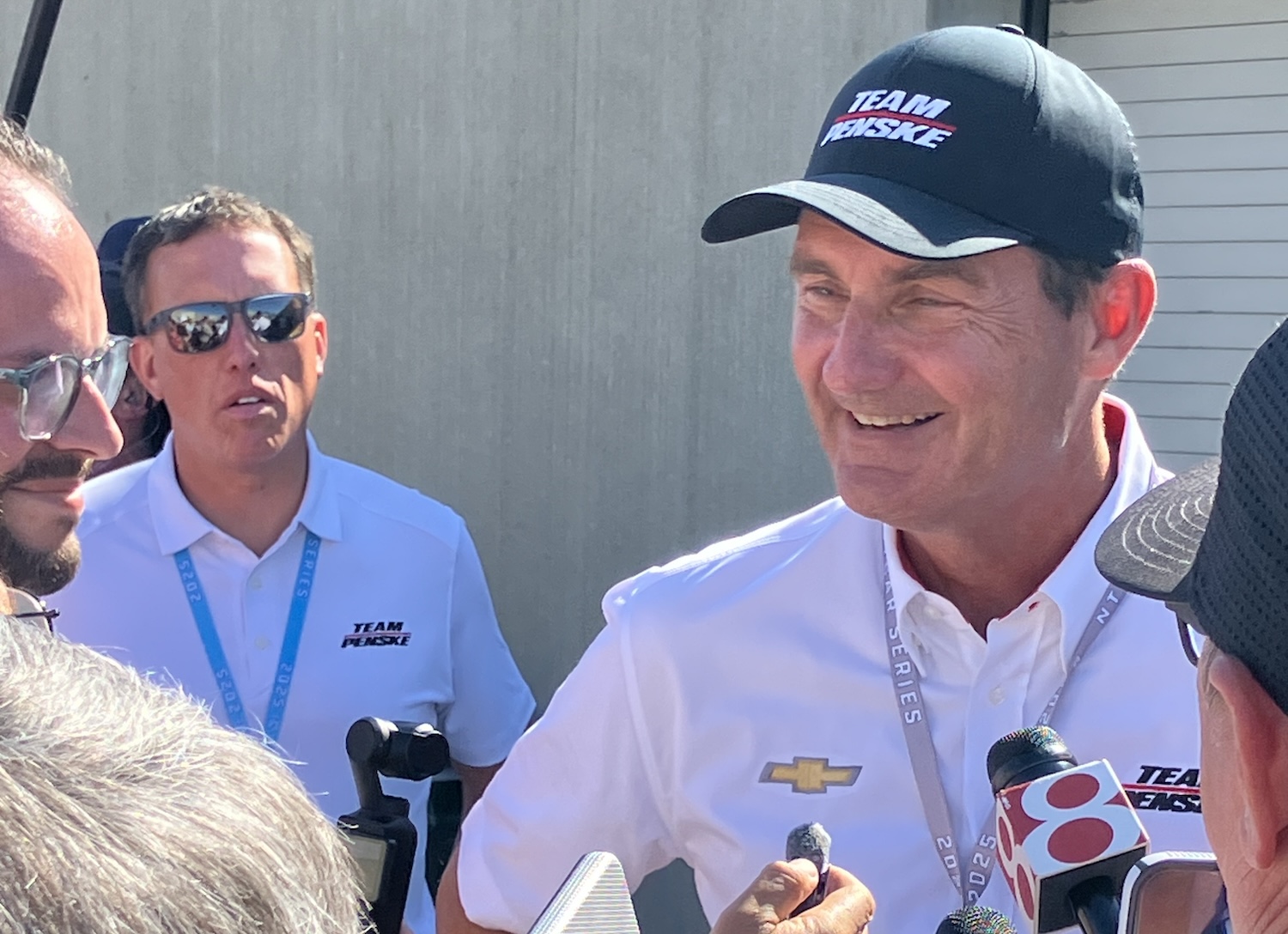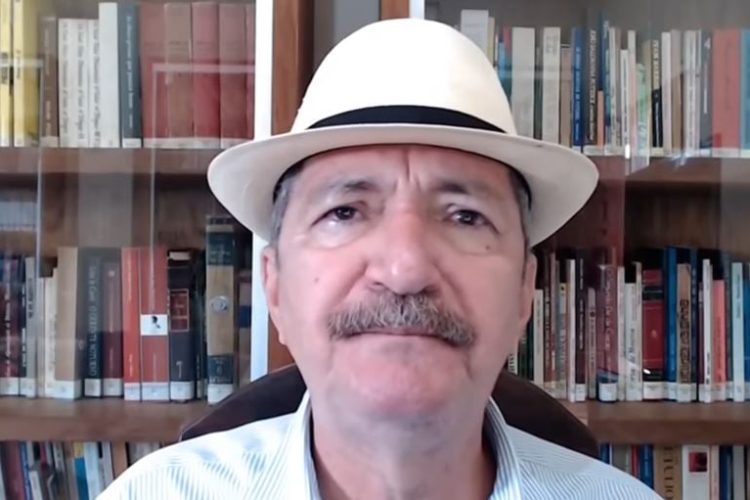
This year, auto racing fans got a lump of coal in their stocking.
For some time, racing buffs have referred to the last Sunday in May as “Motorsports Christmas.” On that day, three of the world’s premier racing series have marquee events, allowing fans to spend practically their entire day in front of the TV. In the morning (at least for American fans), Formula 1 races its oldest event, the prestigious Monaco Grand Prix, through the streets of Monte Carlo. In the afternoon, IndyCar runs its title event, the Indianapolis 500. NASCAR runs the anchor leg of this marathon, racing into the night at Charlotte in stock car racing’s longest race, the World 600.
But this year, the celebratory mood has shifted. For starters, scheduling changes in Formula 1 mean that, beginning next year, the Monaco Grand Prix will run in June, eliminating this unique trifecta that makes the Memorial Day weekend for racing enthusiasts the equivalent of Thanksgiving for football fans. And over the past few days, a scandal involving the Indianapolis 500 has cast a shadow over several other compelling storylines regarding auto racing’s oldest major race.
What Happened with Illegal Modifications
The scandal began on Sunday afternoon in the hours leading up to pole position qualifying for the Indy 500. The Team Penske cars of Josef Newgarden, the two-time defending winner of the 500, and Will Power failed technical inspection and did not go out to run in the “Fast 12 Shootout” for the pole.
The details get very technical very quickly, even for a racing fan such as this one, but they involve modifications to the attenuator, a fancy name for the bumper at the rear of the car. (As an open-wheel series, IndyCars don’t have fenders, and the attenuator acts as a shock absorber in case of a crash to the rear of the car.) The series’ rule book makes clear that the attenuator is one element of the car that teams cannot modify. (Unlike Formula 1, teams don’t design their own cars. One manufacturer, Dallara, makes “spec” chassis for all competitors.) Yet Team Penske had not one but two cars with illegal modifications.
Why It Matters
Things got very messy as the scandal unfolded. First, as Chip Ganassi, another team owner, noted, Penske team members appeared to try to conceal the modifications when series officials raised questions. That’s a rules violation in and of itself, and it obviously suggests they knew what they were doing.
Second, a perceptive observer noted that Newgarden’s winning car from last year’s 500 — on public display in the newly renovated museum at Indianapolis — also has similar modifications to those found illegal last Sunday. That fact raises obvious questions about how long the Penske cars had these types of modifications and why series officials did not catch the issues sooner.
Third, it’s the second major scandal Team Penske has gone through in as many years. Last year, the team admitted to violations that allowed its drivers to utilize a system giving them extra horsepower on restarts — the time when it’s easiest to pass other cars — even though such a change is not permitted under series rules. In that case, Newgarden forfeited a win in the 2024 series opener due to the rules infraction.
Fourth, and perhaps most importantly, Roger Penske owns not only Team Penske but the Indianapolis Motor Speedway and the IndyCar series itself, which he purchased just before the Covid panic began five years ago. Combine this fact with series officials not catching the problem before last weekend, and one can see why other teams, to say nothing of fans, would worry about double standards and preferential treatment for the team owned by the series owner.
Escalating Response
As the scandal has unfolded over the past several days, so too have the ramifications. On Sunday evening, IndyCar President Doug Boles announced that the cars of Newgarden and Power would start 11th and 12th in the Indy 500. But on Monday, the series increased the penalties, pushing Newgarden and Power to the back of the field (32nd and 33rd, respectively), suspending their crew chiefs for the race, and fining the teams $100,000 each.
On Wednesday, Roger Penske himself weighed in, announcing the departures of President Tim Cindric, Managing Director Ron Ruzewski, and General Manager Kyle Moyer. By terminating three senior officials within his team — Cindric had worked for Team Penske for over 25 years, and his son Austin races for Penske’s NASCAR operation — Roger Penske attempted to draw a line under both the scandals. In a television interview, he admitted to two organizational failures in as many years and said he needed to help improve the integrity of the sport.
IndyCar President Boles also announced to the press on Wednesday that the series would create an outside technical inspection body, “to ensure that we have an officiating entity that has no ability for folks to say it’s got influence from Roger Penske.” One wonders why the series, to say nothing of the other teams in it, had not demanded this type of move when Penske acquired the series five years ago. But at minimum, it will address a long-latent problem that blew up in IndyCar’s face over the past week.
Bad for Business
Scandals like the one that rocked IndyCar never come at opportune moments. But in this case, the timing seems particularly unfortunate, as the series had myriad positive storylines heading into its marquee race:
- A rookie winning the Indy 500 pole for the first time since 1983 — and doing so while driving in his first race and for a rookie team new to the series.
- The series’ new television contract with Fox Sports and the increase in ratings that have come along with it.
- The first grandstand sellout for the race since the 100th running of the Indy 500 back in 2016.
- A historically dominant performance by driver Alex Palou to start the season, winning four out of the first five races and coming second in the one he did not win.
- Kyle Larson’s second attempt to run the Memorial Day “Double” — the Indy 500, followed by the World 600 stock car race in Charlotte — which was thwarted last year by weather that delayed the start of the race in Indianapolis.
- Newgarden’s attempt to become the first driver ever to “three-peat” at the Indy 500 — a feat made tougher by the penalty that pushes him to the last row of the 33-car field.
Here’s hoping IndyCar can put the penalties and controversies behind it to focus on what fans want to see: competitive, thrilling racing.

